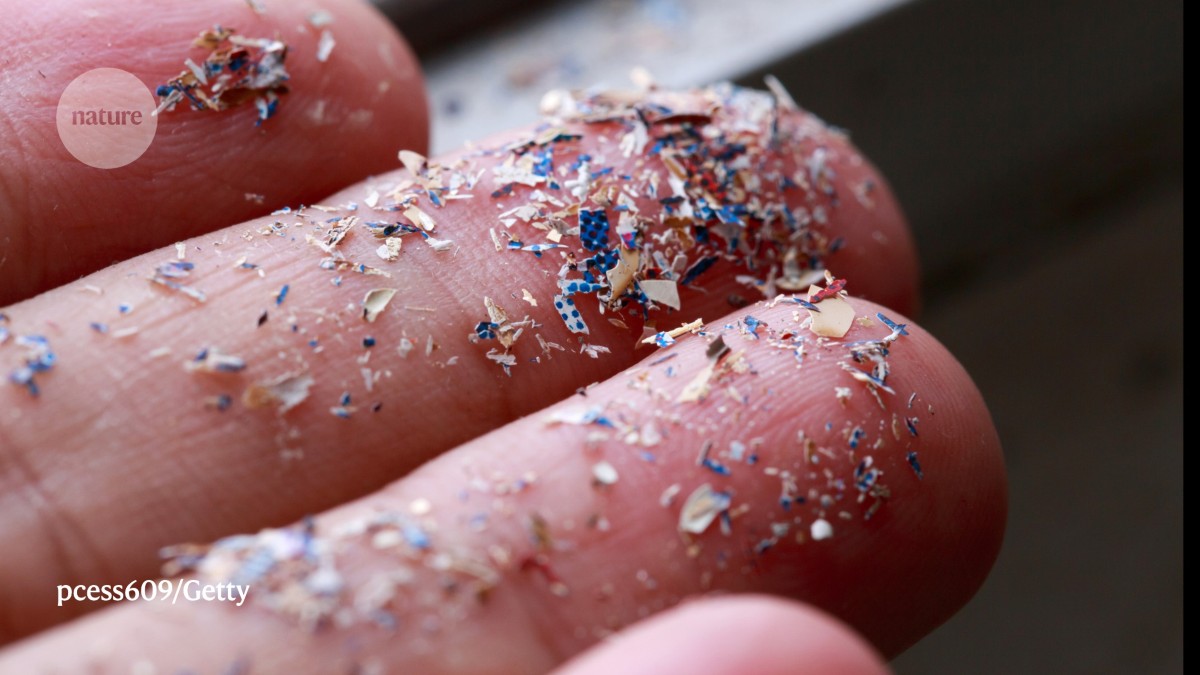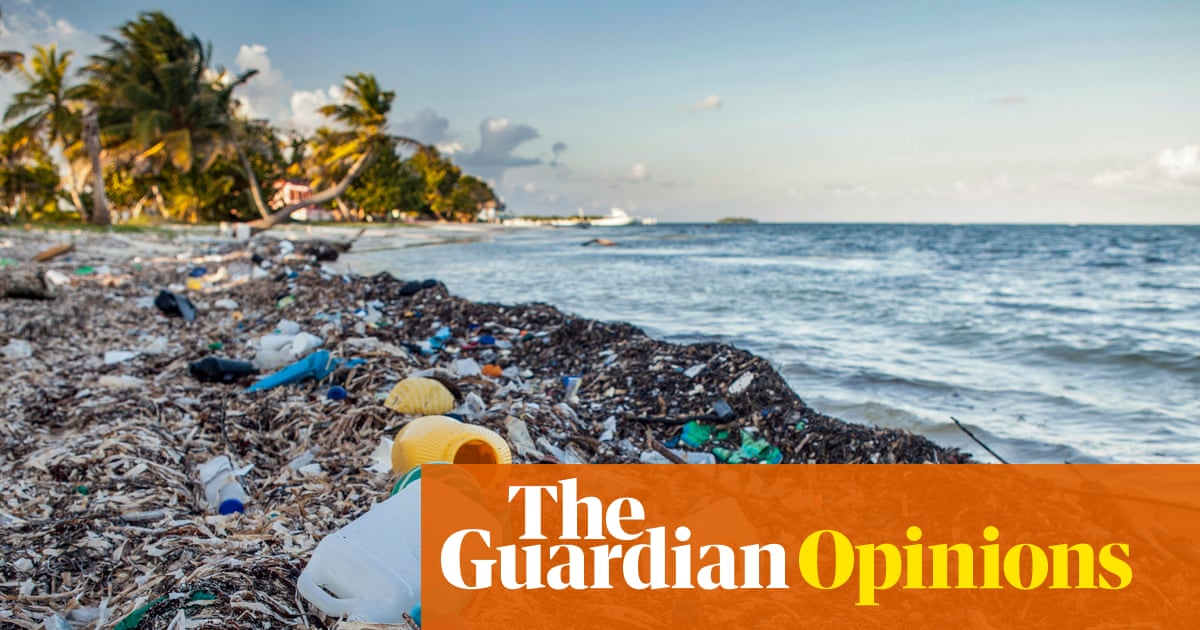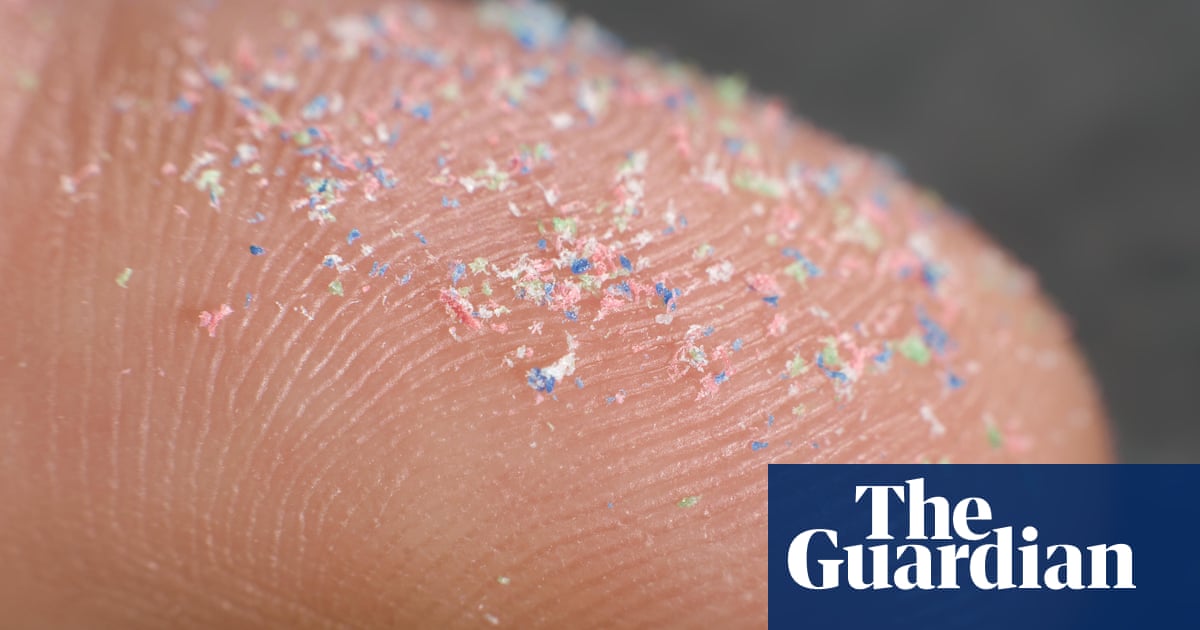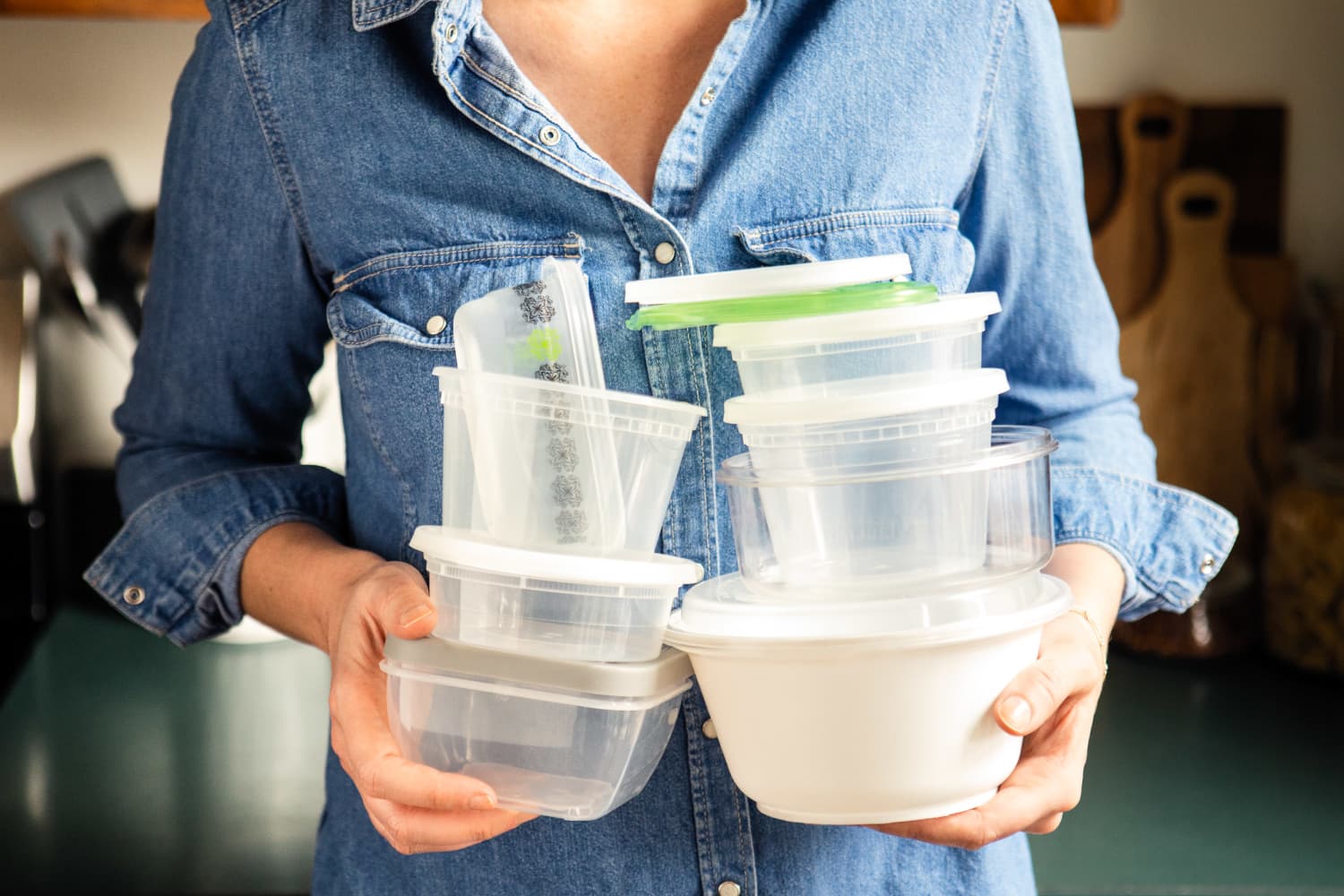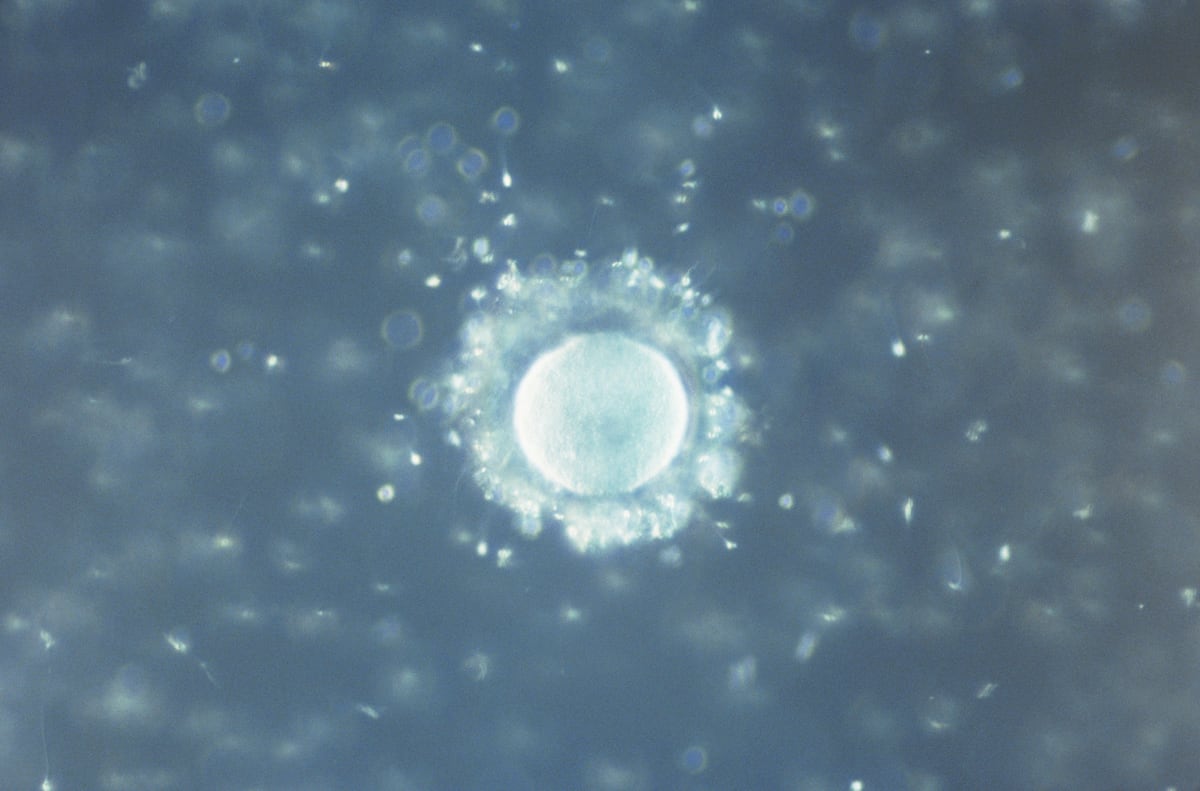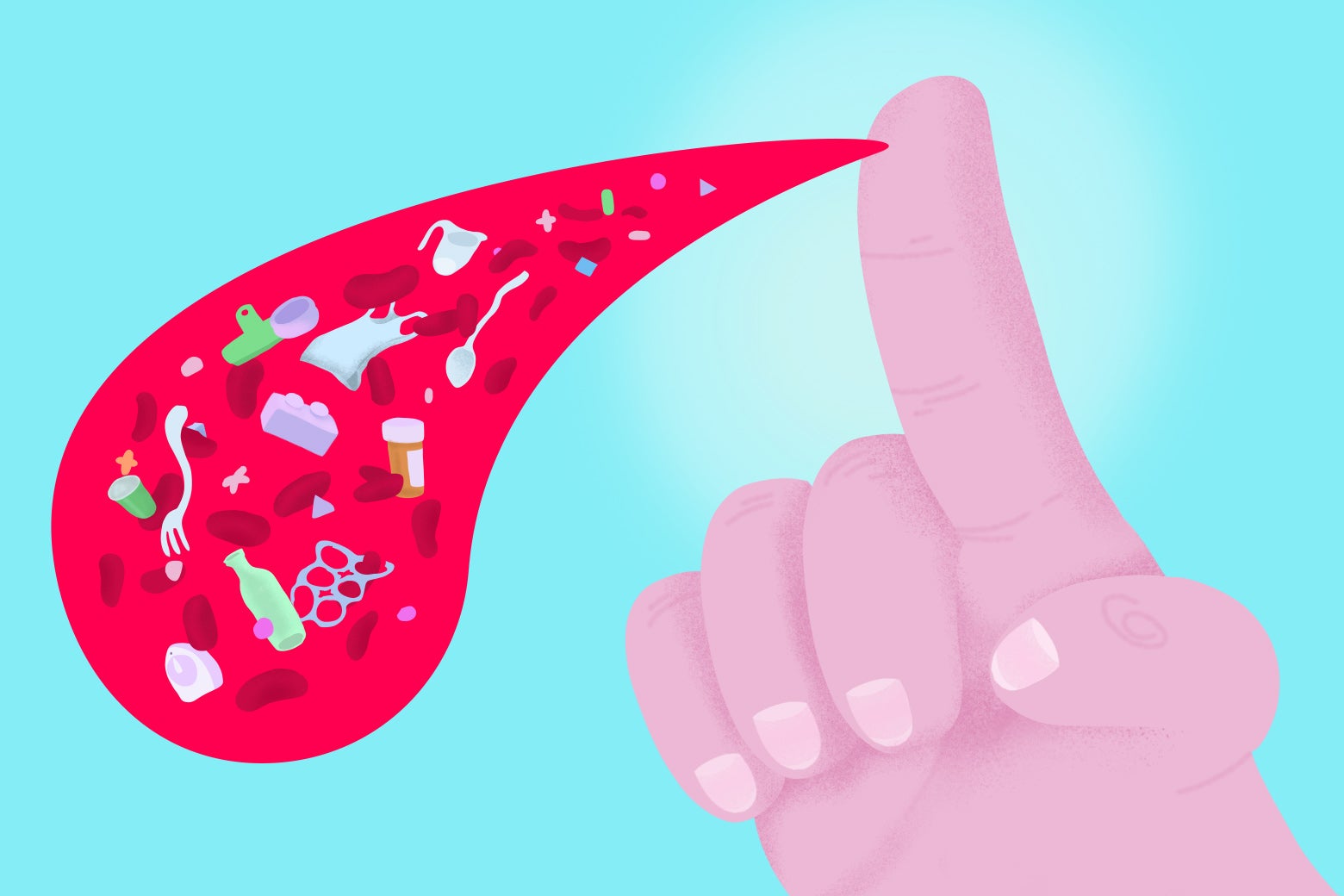fromApartment Therapy
1 day agoI Cleaned with My Magic Eraser Every Day - Until I Saw This Disturbing Study (I'll Never Use It Again!)
These "magic" sponges are made of melamine foam, a lightweight plastic material with a fine grit that acts like sandpaper to lift grime and tackle tough messes with minimal effort. Just add water, scrub a little bit, and watch the trickiest messes disappear in no time. Their mix of simplicity and power has made them a must-have cleaning tool around the world - but all that "magic" may come at a cost.
Environment





